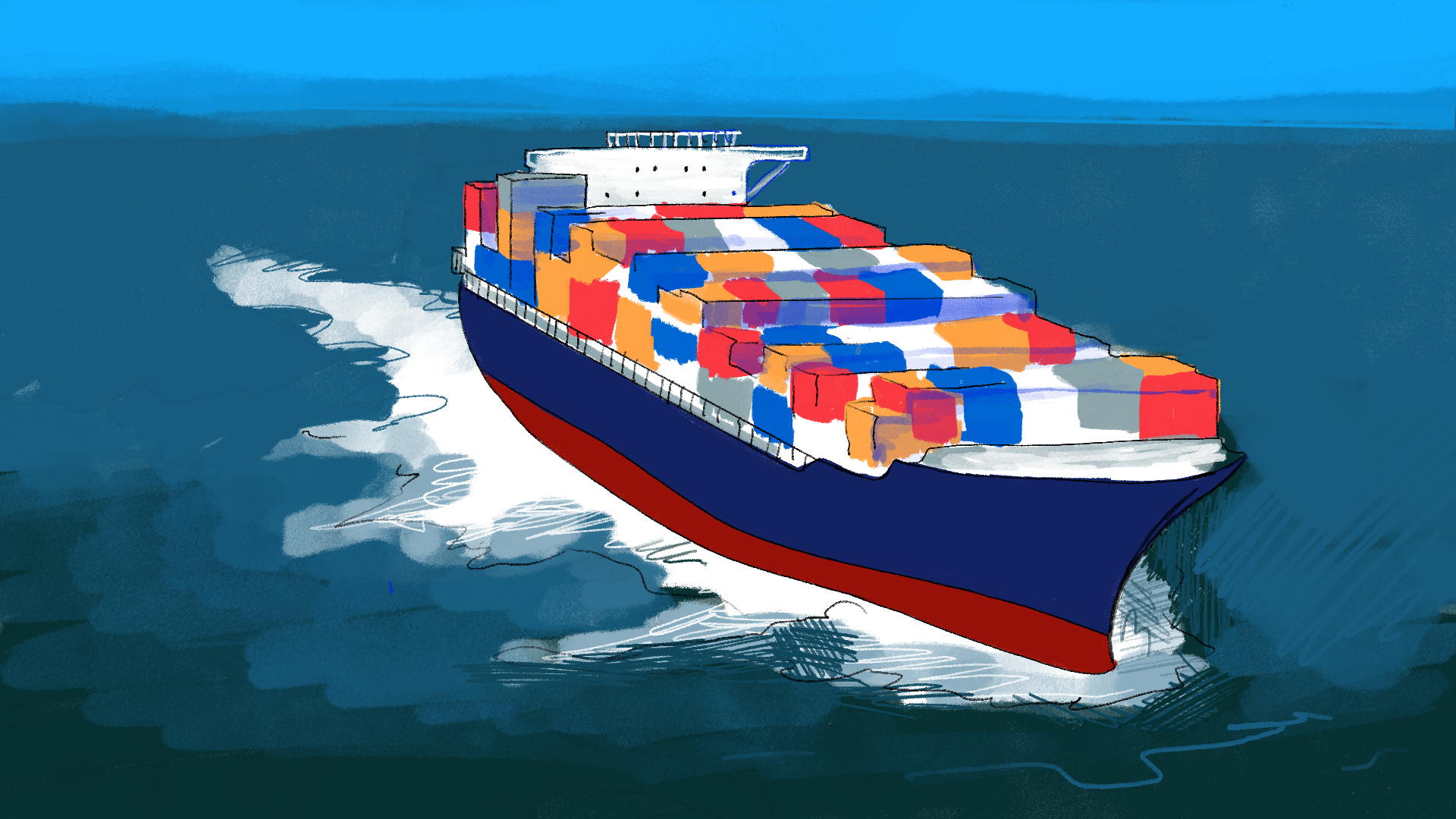OPINION: In the past few months, President Donald Trump has issued many tariffs, including some on our biggest trading partners. You’ve heard the news being discussed at the dinner table, at work and at school. It’s brought up everywhere and there are varying ideas of what this entails — most of these assertions are only partially accurate.
People tend to gravitate to the worst, thinking these tariffs are going to devastate the economy and kill the middle class. However, these tariffs aren’t nearly as malicious as some may think.
According to Merriam Webster, “A tariff is a schedule of duties imposed by a government on imported or in some countries exported goods.”
A tariff is essentially a tax. Now in reality, it’s a bit more complicated, but this doesn’t mean it’s inherently a bad thing.
According to the Tax Foundation, “Under all the imposed tariffs, the weighted average applied tariff rate on all imports would rise to 18.9 percent, and the average effective tariff rate, reflecting how much tariff revenue the new tariffs would raise after incorporating behavioral responses, would rise to 11.6 percent under the current tariffs—the highest average rate since 1943.”
Let’s face it, these numbers don’t sound promising. They create the impression that we are on a path towards economic failure, and President Trump is being held responsible.
Some folks are approaching this issue with hostility, focusing on criticizing the current administration rather than offering solutions to address our $37 trillion debt.
According to the Tax Foundation, “In total, the imposed tariffs would reduce market income by 1.4 percent in 2026 (1.1 percent from the IEEPA tariffs and 0.3 percent from the other tariffs) and amount to an average tax increase per US household of $1,300 in 2025 and $1,600 in 2026. However, if the IEEPA tariffs are permanently enjoined, the tax increases would be smaller at $300 in 2025 and $400 in 2026.”
This is not the level of “doom and gloom” that some may suggest. President Trump is still a businessman and he has profited substantially from the market he’s currently “destroying.” From a logical standpoint, if he were to tank the entire economy, he would lose too much money.
Overall, these tariffs help stimulate the economy. If the foreign competition has more barriers of entry, it lends itself nicely to increase domestic manufacturing which in turn creates more jobs and reduces our trade deficit. New Balance, a company that prides itself on manufacturing in the U.S., completed a $65 million expansion to its Skowhegan factory in central Maine last year.
According to New Balance, “New Balance’s $65 million investment will add 200 new jobs and double the factory’s production capabilities through a 120,000-square-foot single-story addition that will be completed by the end of 2024.”
I would like to think that President Trump’s reciprocal tariffs on countries like China and Vietnam, two major shoe manufactures, can help New Balance grow even further. This is just one example, but you can apply this idea to other products too.







